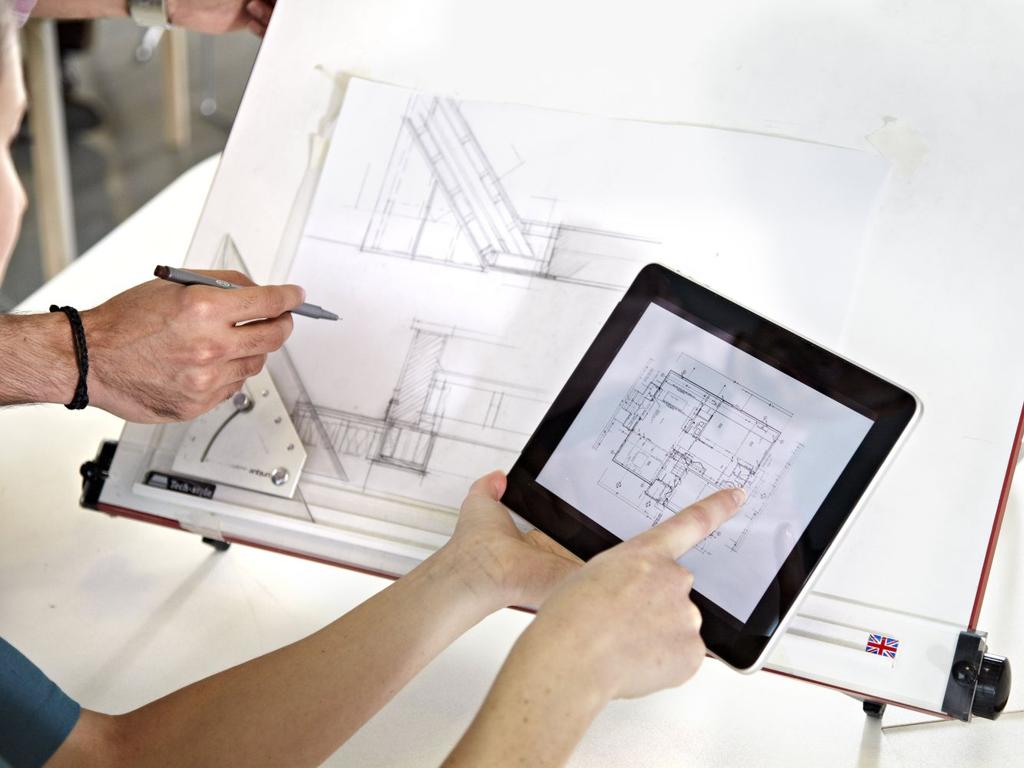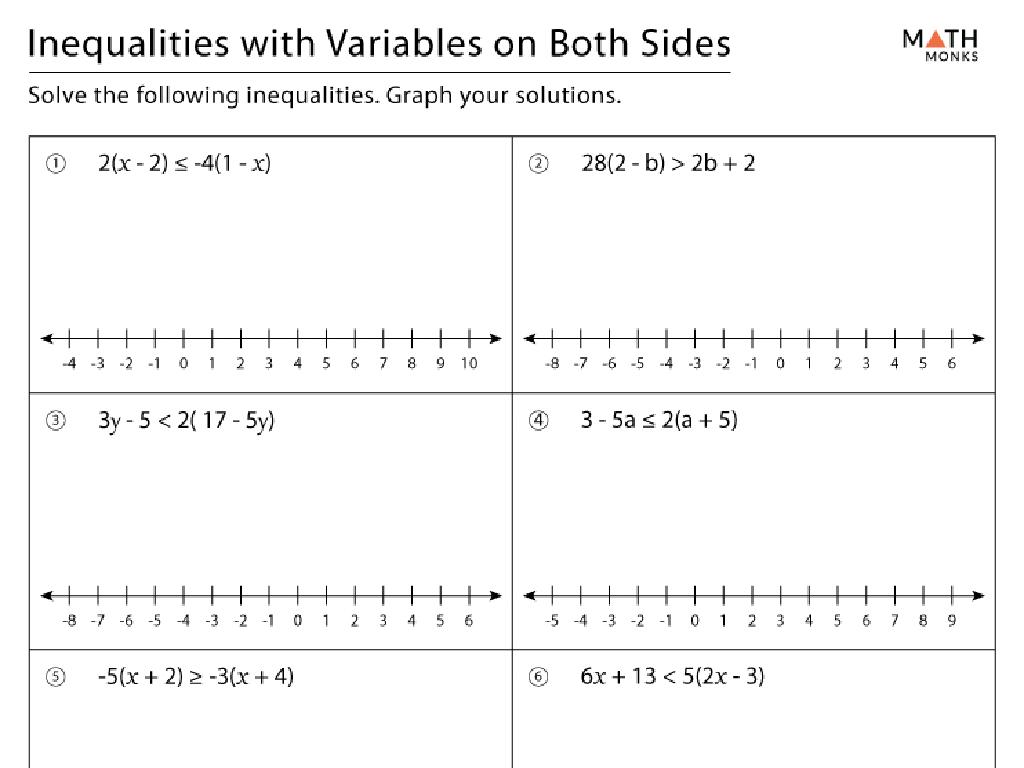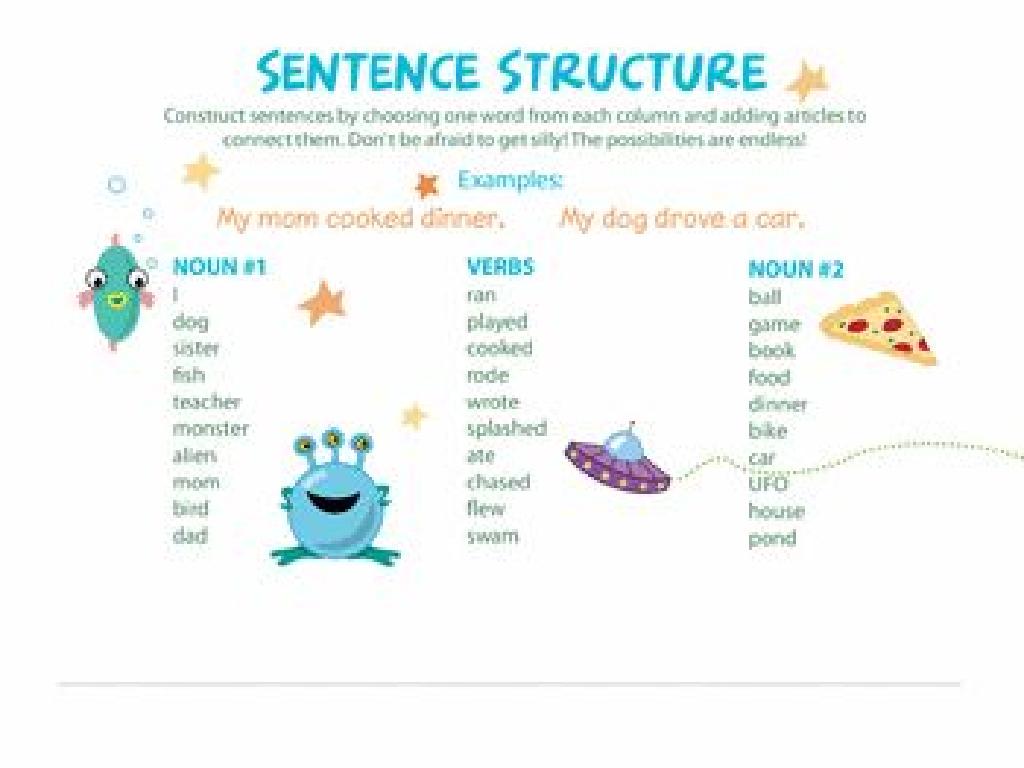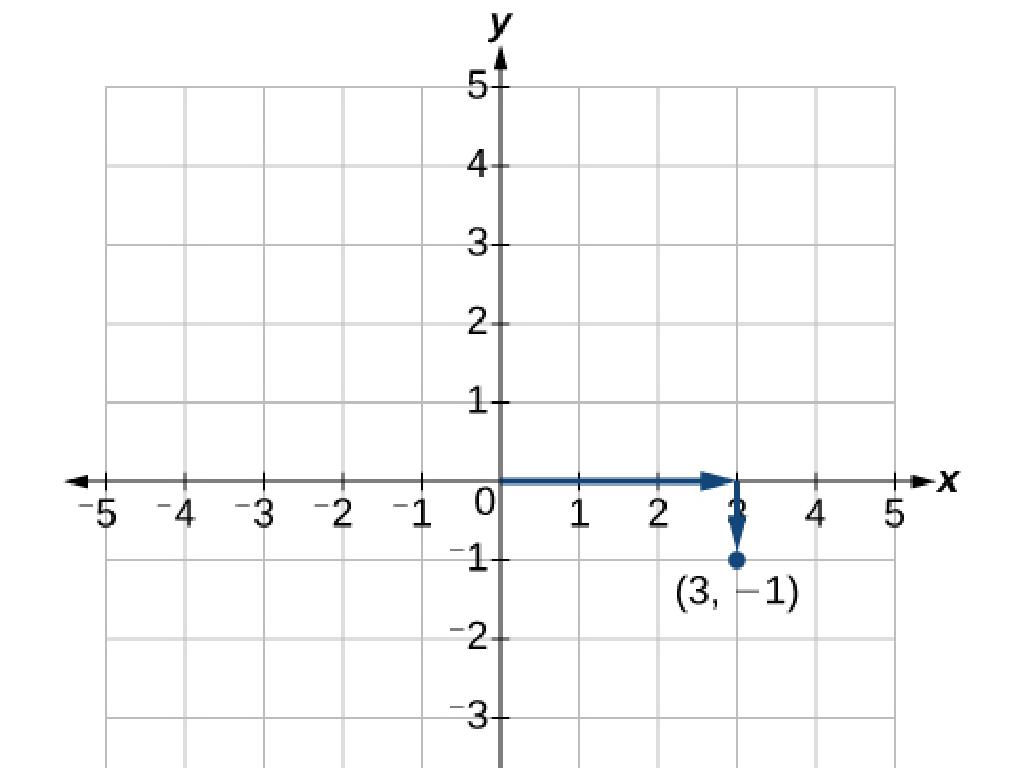Convert From Expanded Form - Up To Hundreds
Subject: Math
Grade: Second grade
Topic: Place Value
Please LOG IN to download the presentation. Access is available to registered users only.
View More Content
Welcome to Place Value!
– Greetings and introduction to place value
– Understanding place value
– Place value tells us the value of a digit based on its position
– Significance of place value
– It helps us read and write numbers correctly
– Engaging place value activities
– We’ll use blocks and charts to learn about hundreds, tens, and ones
|
Begin the class with a warm welcome and an engaging introduction to the concept of place value. Explain that place value is a system that allows us to understand the value of numbers based on their position in a sequence. Emphasize why it’s important: it’s the foundation for reading and writing numbers, as well as for performing arithmetic operations. Introduce hands-on activities using blocks and charts to represent hundreds, tens, and ones, which will help students visualize and better grasp the concept. Prepare to guide students through examples and ensure they understand that in the number 345, for instance, the ‘3’ is in the hundreds place and represents 300, not just 3.
Understanding Numbers: Place Value
– What is a number made of?
– Exploring hundreds, tens, and ones
– Numbers have parts: 300 (hundreds) + 40 (tens) + 5 (ones) = 345
– Counting using place value blocks
– Blocks represent hundreds, tens, and ones for visual learning
– Practice with examples
– Example: 200 + 30 + 4 = 234 using blocks
|
This slide introduces the concept of place value, which is fundamental in understanding how numbers are constructed. Start by discussing that every number is made up of different parts, and these parts represent hundreds, tens, and ones. Use place value blocks to visually demonstrate how numbers can be built and counted, which helps in understanding the expanded form. Provide examples where students can apply this knowledge by converting from expanded form to standard form, and vice versa. Encourage students to use place value blocks for hands-on practice during the lesson.
Understanding Expanded Form
– What is expanded form?
– It shows the value of each digit in a number.
– Examples of expanded form
– 345 = 300 + 40 + 5
– Building numbers using expanded form
– Break down a number to show each digit’s value.
– Practice with expanded form
|
This slide introduces the concept of expanded form, which is a way of writing numbers to show the value of each digit. It’s important for students to recognize that numbers are made up of parts, such as hundreds, tens, and ones. Use examples like 345, which is broken down into 300 (3 hundreds), 40 (4 tens), and 5 (5 ones), to illustrate this concept. Have students practice by taking whole numbers and expressing them in expanded form, and then doing the reverse by building numbers from their expanded components. This will help solidify their understanding of place value and prepare them for more complex math concepts.
Converting to Expanded Form
– Standard to Expanded Form steps
– Break down a number into its place values, like 345 is 300 + 40 + 5.
– Let’s practice with an example
– We’ll convert 256 together: 200 + 50 + 6.
– Quick questions to test understanding
– What is 423 in expanded form? How about 314?
– Review and clarify doubts
|
This slide introduces the concept of converting numbers from standard form to expanded form, focusing on numbers up to the hundreds place. Begin by explaining the steps to break down a number into hundreds, tens, and ones. Use a practice example, such as 256, to demonstrate the process. Engage the class with quick questions to assess their initial understanding, and ensure to provide immediate feedback. Conclude by addressing any student questions or misconceptions, reinforcing the concept with additional examples if necessary. The goal is for students to feel comfortable with the process and to recognize the value of each digit in a number.
Let’s Practice: Expanded Form to Standard Form
– Solve practice problems individually
– Pair up to compare answers
– Share how you found the answer with a classmate
– Discuss solutions as a group
– Talk about how you solved the problems
– Reflect on different strategies
– Did you use counting, drawing, or another method?
|
This slide is designed for an interactive class activity focused on converting numbers from expanded form to standard form, up to the hundreds place. Begin with individual practice where students solve problems on their own to reinforce their understanding of place value. Next, have students pair up to compare their solutions and discuss any differences, promoting peer learning. Follow this with a group discussion to explore various strategies students used, such as counting, drawing blocks, or breaking down numbers. Encourage students to reflect on the strategies and understand that there can be multiple ways to reach the same answer. This activity will help solidify their understanding of place value and the concept of expanded form.
Fun with Place Value
– Play an interactive place value game
– Use blocks to build numbers
– Stack blocks to represent hundreds, tens, and ones
– Create numbers in expanded form
– Break down a number into its parts
– Understand hundreds, tens, ones
– Grasp the concept of 100s, 10s, and 1s places
|
This slide introduces an engaging class activity focused on place value. The interactive game will help students recognize the positions of digits in a number. Using physical place value blocks, students will gain a hands-on understanding of how numbers are constructed. They will also practice creating numbers in expanded form, which reinforces their comprehension of the hundreds, tens, and ones places. The activity is designed to be collaborative and interactive, allowing students to learn through play. Teachers should prepare different sets of place value blocks and ensure that each student has a chance to participate in building numbers and expanding them. Encourage students to explain their thought process as they create numbers in expanded form.
Class Activity: Place Value Monster Craft
– Create your own Place Value Monster
– Use blocks for Hundreds, Tens, and Ones
– Design your monster creatively
How many blocks of each will you use?
– Present and explain your Monster’s value
How does the number of blocks relate to your monster’s value?
|
This activity is designed to help students understand place value in a fun and creative way. Provide students with a variety of materials such as construction paper, glue, and blocks or beads to represent hundreds, tens, and ones. Encourage them to construct a monster figure where each part (like eyes, arms, legs) represents a place value. For example, 2 eyes could be 200 (2 hundreds), 4 arms could be 40 (4 tens), and 3 toes could be 3 (3 ones) for a total value of 243. After crafting, each student will present their monster to the class and explain the place value it represents. This hands-on activity not only reinforces the concept of hundreds, tens, and ones but also allows for creativity and presentation skills practice.
Review: Expanded Form & Place Value
– Recap expanded form concepts
– Remember, 123 is 100 + 20 + 3
– Importance of place value
– Knowing place value helps us read and write numbers correctly
– How place value aids math
– It’s easier to add, subtract, and understand numbers with good place value knowledge
– Next lesson: Comparing Numbers
|
As we wrap up today’s lesson, let’s review the key concepts of expanded form, where we break down numbers into their individual place values (hundreds, tens, ones). Understanding place value is crucial because it’s the foundation of our number system and is essential for performing arithmetic operations. It also helps us to better understand and work with larger numbers. In our next lesson, we’ll apply our knowledge of place value to start comparing numbers, which will further enhance our math skills. Make sure to review today’s material to be prepared for our exciting upcoming lesson!






